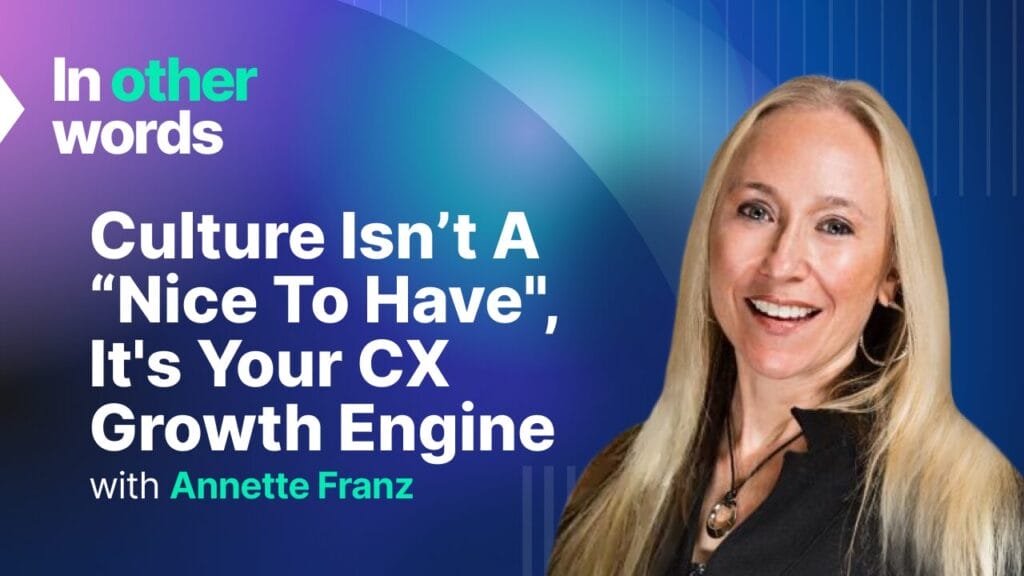
Anyone familiar with Phrase will know that we’ve always been champions of automation as a time and cost-saver that can help businesses scale and drive growth.
But as we move from traditional automation into hyperautomation, capable of addressing more complex and previously intractable challenges within business processes, we begin to hear more voices questioning the true scale of the opportunity, and wanting to understand the feasibility and risks of automating… almost everything.
To learn more about this complex topic, we recently welcomed Dr. Arle Lommel from CSA Research, and our own Chief Product Officer, Simone Bohnenberger-Rich, PhD, to our latest webinar: Navigating the hype around hyperautomation.
Hosted by our CMO Jason Hemingway. They shared their most valuable insight and experiences around hyperautomation, and how businesses can make the most of it.
Here, we’ve gathered the key takeaways to help you understand how hyperautomation can be utilized to streamline business processes and meet the demands of the modern digital economy.
1: Turn up the volume: Why hyperautomation is becoming essential.
Dr Lommel kicked off our session by pointing out a critical bottleneck that is currently facing the localization industry: The sheer volume of content that needs to be translated already far exceeds the capacity of human translators, and the AI-content boom is set to increase the amount of content exponentially.

This striking example really underlined just how much content is available, and how much of it is never being translated. Huge portions of the web remain inaccessible (and therefore, unlikely to make money) because it’s simply impossible to translate everything manually.
There’s an urgent need for businesses to adopt hyperautomation technologies, which not only offer the ability to handle these immense volumes efficiently but also ensure businesses can thrive in the competitive digital economy by keeping up with the rapid pace of content generation.
2: Tackling the untackleable: hyperautomation’s role in localization
In the past, automation has often happened in siloes. Disparate processes–or at least, parts of them–are automated, but for the most part this isn’t an approach taken at a higher, strategic level, meaning businesses rarely see the full potential or returns that hyperautomation promises.
Simone Bohnenberger-Rich, PhD, Chief Product Officer at Phrase, highlighted its capacity to automate intricate and previously manual processes across the localization workflow, significantly boosting both efficiency and throughput, and focused on the unique capabilities available:
Hyperautomation really is the next generation of automation where you can tackle workflows and processes and human steps that couldn’t be automated before.
– Simone Bohnenberger-Rich, PhD – Chief Product Officer at Phrase
Simone also emphasized that this isn’t just about the evolution of existing technology, but also the new opportunities it creates for organizations to streamline operations that were once considered too complex or nuanced for automation.
By integrating hyperautomation, businesses can unlock new levels of productivity and agility, allowing them to meet the fast-evolving market demands more effectively.
3. Language accessibility: a gateway to consumer engagement
Our panel also provided plenty of compelling evidence around the use-cases for hyperautomation, not least in localizing and translating content. As Dr. Lommel pointed out:
75% of people globally aren’t going to buy unless content is in their language.
– Dr. Arle Lommel, Director of Data Services, CSA
By automating more low-level work, organizations are better equipped to utilize human insight and inputs where they add the most value to any given process, adding much broader cultural contexts to content programmes, while automated processes take care of large-scale translation tasks.
The enhanced ability to meet linguistic preferences not only captivates a wider audience but also paves the way for more strategic business expansions. As companies increasingly recognize the value of immediate and widespread access to localized content, the role of hyperautomation becomes even more pivotal.
4. Automating your advantage in global markets
The importance of a strategic approach was a topic our guests returned to at several points. For example, Simone explored how hyperautomation holds opportunities that could propel businesses beyond traditional boundaries–and we don’t just mean geographical ones.
By integrating advanced automation tools, companies can drastically reduce the time and costs associated with processes across the board (including, of course, localization efforts).
Focusing on speed-to-market, Simone asked the audience to consider the advantages if they could enable “localization on day one across all channels.” Whether it’s physical or digital expansion, product, service or communication, the opportunity created by accelerating market penetration, and also ensuring a consistent and personalized customer experience should be obvious.
5. Shaping the future: new roles and new value
As the landscape of global business shifts dramatically under the influence of hyperautomation, roles and responsibilities are evolving just as rapidly.
We’ve already mentioned Dr. Lommel’s points around the expected proliferation of content, emphasizing the need for localization teams to adopt a more strategic focus and underscoring the need for adept management to navigate this expanding terrain effectively.
In localization at least, our guests both pointed out that the rise of hyperautomation was not something to be worried about, but embraced. This shift not only enhances the efficiency of localization processes but also elevates the roles of localization professionals.
They are now seen as strategic partners in the broader business context, capable of driving significant value beyond mere translation. Their expertise becomes crucial in crafting messages that resonate on a cultural level in diverse markets, and playing a key role in global marketing strategies and customer engagement.
As businesses continue to expand globally, the demand for such strategic input only grows, making the role of localization professionals more critical than ever.
In this new era of hyperautomation, they are not just translators but key players in shaping business strategies and expanding market reach. This evolution presents a tremendous opportunity for those in the field to enhance their skills and impact the business outcomes more directly and profoundly.
Want to know more? Watch the full recording of this session, and be sure to check out all of our upcoming webinars.
Code language: HTTP (http)Speak with an expert
Want to learn how our solutions can help you unlock global opportunity? We’d be happy to show you around the Phrase Localization Platform and answer any questions you may have.
Code language: HTTP (http)




